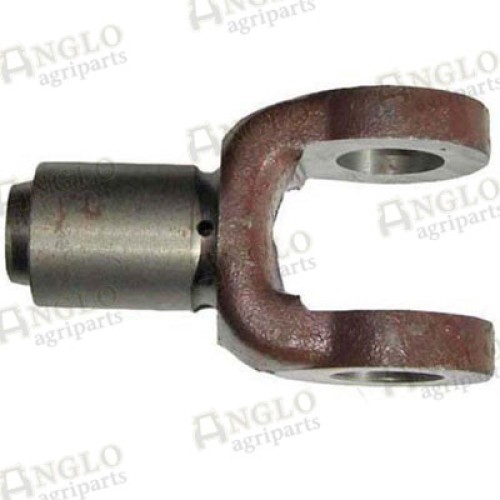

You may even find that the draft control function won't raise loads heavy enough to be at the upper limits of the hydraulic system's capabilities. Using the draft control lever to raise and lower heavy implements will cause the draft control "mechanics" to be working harder that they normally should be. In any event, you should never be using BOTH at the same time. The draft control lever is used ONLY when you're wanting "draft control" for your implement. When you're using a "soil engaging implement" such as a moldboard plow, a subsoiler, or even a disc, use the draft control lever only with the position control lever left in the raised position. Leave the draft control lever in raised position. Use the position control lever to raise and lower just about every implement. With the 135's controls, you use ONE or the OTHER, but not BOTH at the same time. It was a departure from earlier Fergusons where both levers were sometimes used at the same time.
#MASSEY FERGUSON 135 DRAFT CONTROL SERIES#
The 100 series Masseys use what was known as the "advanced Ferguson System draft control". Is this the proper way? Or how should i be using these controls? I have just been keeping the position lever in "up" and using the draft lever to control the rasing and lowering of the implement. But I can use the draft lever independently of the position lever. When I lower the position lever, the draft lowers as well. When i rasie the position lever, the draft lever raises as well. The position contol rasies and lowers the implement being used, correct? While the draft keeps the implement at the proper level, say for discing? When I have both controls in the lower position. I have a MF135, and want to make sure I am using the postion and draft control poroperly. Re: Proper use of draft and position controls. One position to bypass draft and the other two for quicker or slower draft response. My top link sensor system has three positions, as I seem to recall (tractor is 35 miles away so can't verify). Also, some tractors have different ways of sensing draft, most I think from the top link attachment, but I have also heard of some lower link sensing mechanisms. And I am more successful at slower speeds relative to the speed I would like to be traveling Your ground speed may need to be adjusted if the draft control's response is slow. And it will be helpful doing the same as the tractor see saws over unlevel ground, depending upon the tractor's forward ground speed. It will keep the implement basically at this depth no matter how deep it would like to dig otherwise. And the draft control is now set to the depth you want. Mine shutters when I am at that perfect center point while doing this. Then while stopped and watching the implement (you may need to backup a tiny bit to get the implement disengaged from the ground), slowly move the draft handle up until the implement starts to slightly move up. Depending upon implement and terrain type, you may need to be moving to get things at the depth you want to work at. First lower the position control to get the implement at the depth you want it to be working at. BTW: I believe I got this tidbit of info from MountnView (mispelled?) and it is the simplest way for me to think about it: Here is a good way to setup your draft control or to check one out. I have noticed that in my usage scenarios with the ROBB and rake, my position and draft handles are in similar positions when in use, never more than an inch or so apart. Basically draft control keeps the implement at the same depth (+/-) as the tractor moves along. I use draft control every time I use a ground engaging 3PH implement and find it extremely useful. Yes this is normal and happens all of the time on mine.


 0 kommentar(er)
0 kommentar(er)
